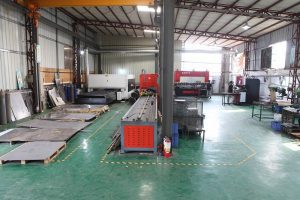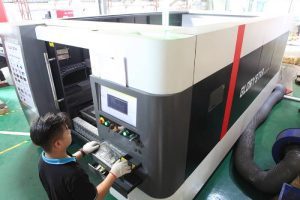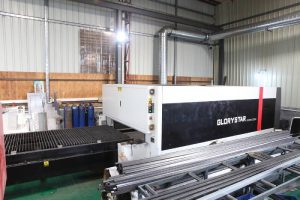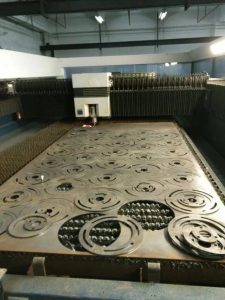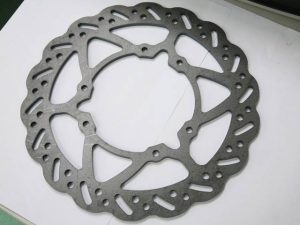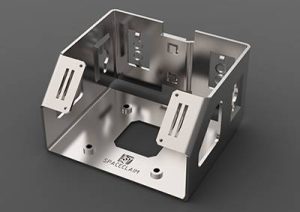Benefits and limitations of sheet metal fabrication
With many advantages and a few drawbacks, sheet metal fabrication is a common production method. Versatility, longevity, affordability, and a high strength-to-weight ratio are all advantages. Moreover, sheet metal is simple to mold and modify to meet unique requirements, making it perfect for creating a variety of goods.
Yet, there are certain drawbacks to sheet metal fabrication as well, such as challenging welding and reduced fatigue resistance. Moreover, it might not be appropriate for making huge, detailed pieces or parts with complex designs. Despite these drawbacks, sheet metal manufacturing is still a preferred option in many industries because of its many advantages.
Common Types of Sheet Metal Fabrication Processes
A variety of techniques are used in sheet metal fabrication to form flat sheets of metal into functional components and finished goods. The following are some of the most typical sheet metal fabricating procedures:
1. Bending is the technique of applying pressure to a metal sheet in order to bend it into a specific angle or form. A press brake, a device that bends metal by applying force with a punch and die, is frequently used for this process.
2. Punching is the process of utilizing a punch and die to make holes or other shapes in a metal sheet. This method is frequently used to make drainage or ventilation holes in sheet metal goods.
3. Stamping is the technique of utilizing a stamping press to etch designs or forms onto a metal sheet. On metal objects, this procedure is frequently used to design decorative elements or logos.
4. Welding is the process of fusing two or more metal components together under pressure and/or heat. In sheet metal goods, this method is frequently employed to make robust, long-lasting joins.
5. Spinning is used in the metalworking process of spinning to shape a disc or tube of sheet metal. The sheet metal is secured to the spinning tool, also known as a mandrel, which is installed on a lathe. The sheet metal is then spun rapidly while being pressed upon by the tool, giving it the desired shape. Pots, pans, and lampshades are examples of objects that are frequently formed by spinning into circular or conical shapes.
6. Embossing produces raised or submerged patterns on the surface of sheet metal parts. Two dies, one with a raised design and the other with a similar sunken design, are used to press the sheet metal. The raised or sunken design is produced when the dies are forced together, deforming the sheet metal.
7. Deep drawing is a method of creating hollow parts from sheet metal that includes stretching the blank over a die and then moving the die and the blank together. Cans, pots, and automobile parts are all frequently made using this method, which also produces cylindrical or box-shaped components.
8. Laser cutting is a computer-controlled cutting head that follows a pre-programmed route directs the laser to cut the sheet metal into the required shape. Laser cutting is frequently used to cut thick sheets of metal as well as intricate forms and patterns.
9. A high-pressure water jet combined with abrasive particles is used in the manufacturing of sheet metal during the waterjet cutting process. A computer-controlled cutting head controls the waterjet and follows a pre-programmed route to shape-cut the sheet metal. Thick sheets of metal are frequently cut using waterjet technology, as are materials like composites and ceramics that are challenging to cut using conventional techniques.
10. In order to create a fold or crease, sheet metal is bent in a straight line during the folding process. Usually, two tools are used to clamp the sheet metal together: one has a flat surface and the other has a V-shaped groove. The sheet metal is then folded by being bent along the V-shaped groove. Flanges, boxes, and other geometries that need a 90-degree bend are frequently made by folding.
11. Roll forming is a method of shaping sheet metal that includes feeding a strip of metal through a set of rollers to give it the correct profile. Normally, the rollers are stacked in pairs, with each pair slightly bending the sheet metal more than the two before it. Roll forming is frequently used to create complex shapes with an uniform cross-section as well as long, continuous profiles, such as roofing and siding panels.


